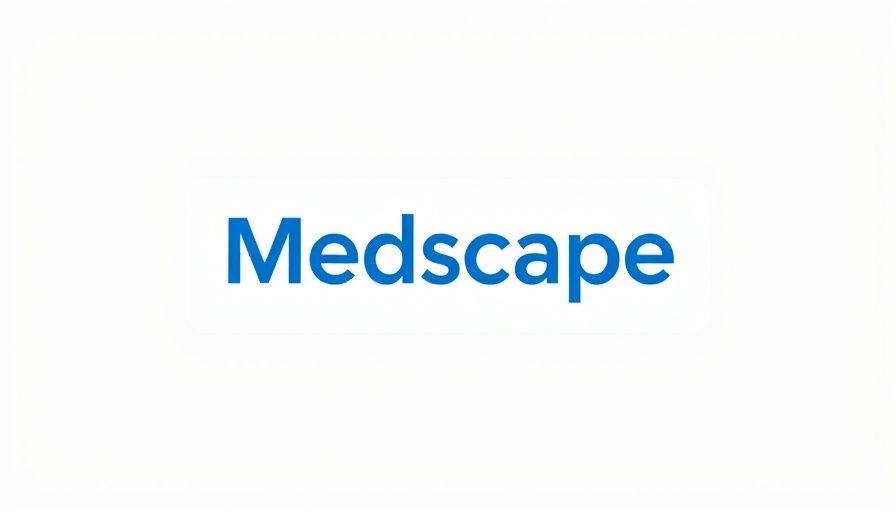
Understanding the Link Between Sleep Apnea and Parkinson's Disease
New research suggests that there may be a significant link between obstructive sleep apnea (OSA) and the risk of developing Parkinson’s disease (PD). According to a recent large-scale study, treating sleep apnea effectively with continuous positive airway pressure (CPAP) therapy could potentially lower this risk, especially when initiated early. A deeper dive into this phenomenon reveals both the risks of untreated sleep apnea and the protective benefits of timely intervention.
What is Obstructive Sleep Apnea?
Obstructive sleep apnea is a sleep disorder characterized by repeated interruptions in breathing during sleep due to the relaxing of throat muscles, which block the airway. This condition not only disturbs sleep but also leads to insufficient oxygen levels in the blood, resulting in several health risks, including cognitive decline, cardiovascular issues, and now potentially, Parkinson's disease.
The Research Behind CPAP and Parkinson's
A study involving nearly 1.6 million veterans diagnosed with obstructive sleep apnea revealed troubling statistics: 3.4% developed Parkinson’s within five years. In contrast, the control group without sleep apnea had a slightly higher diagnosis rate at 3.8%. This disparity emphasizes the urgency of using CPAP therapy as soon as apnea is diagnosed. Those who initiated treatment within two years showed a significant reduction in Parkinson's cases, thus highlighting the critical nature of early intervention.
Risk Factors and Clinical Insights
While the study presented compelling evidence, experts caution that various factors, including age, smoking history, and health status, can influence these findings. For instance, sleep apnea is associated with severe medical repercussions including cerebral hypoxemia and metabolic disturbances that could trigger degenerative brain changes. Dr. Michael Thorpy of the Albert Einstein College of Medicine emphasizes that recognizing sleep apnea early and treating it with CPAP may mitigate the risk of not only Parkinson’s disease but also various neurological disorders.
The Importance of Early Treatment
Experts like Dr. Daniel Truong highlight that early intervention with CPAP not only enhances sleep quality but may serve as a preventive measure against the onset of Parkinson's. The research notes a stark contrast between those adhering to CPAP within the first two years versus those delaying treatment. Adhering to CPAP therapy is crucial, as failure to use it early can lead to long-term neurological consequences.
Future Directions and Research Needs
The intriguing findings underscore the need for further investigation into the mechanisms linking sleep apnea with neurological changes. Researchers suggest that future studies move beyond observational findings to examine the long-term effects of CPAP on brain health. Understanding the neurological pathways affected by untreated sleep apnea will be key to developing comprehensive treatment plans that address both sleep quality and neurological health.
Stakeholder Perspectives: Why This Matters
The relevance of these findings cannot be overstated. For those diagnosed with sleep apnea, this new evidence highlights the potential life-altering importance of immediate treatment. Not only could timely CPAP usage improve their quality of sleep, but it may also protect against neurodegenerative diseases. Engaging healthcare providers in conversations about the necessity of early screening and treatment is vital for patient education and proper health outcomes.
Your Health Matters: Take Charge!
If you or someone you know is struggling with sleep apnea, it’s essential to seek medical advice promptly. The insights from this study provide a clear message: early intervention can make a difference in both sleep quality and long-term health. Don’t let sleep apnea go untreated; talk to your doctor about CPAP therapy and take proactive steps toward a healthier future.
 Add Row
Add Row  Add
Add 




Write A Comment